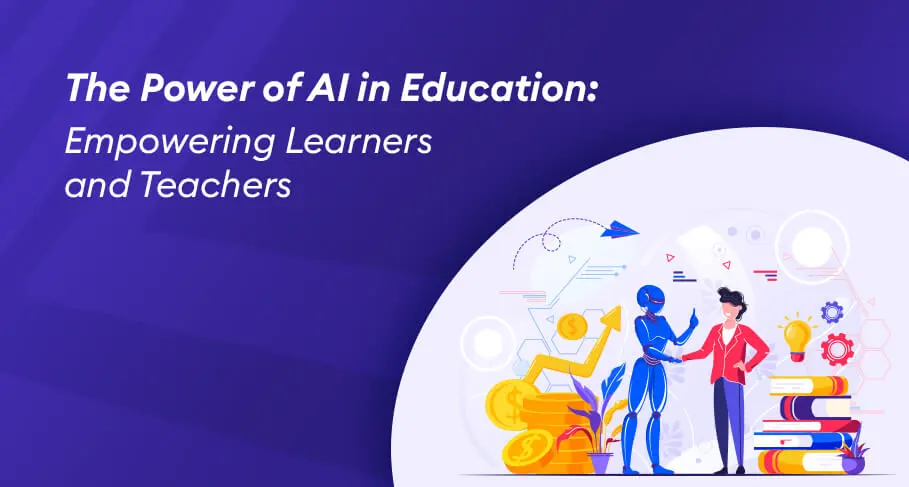In today’s rapidly changing digital landscape, technology is revolutionizing various industries, and education is no exception.
As a Google-certified innovator, I understand the importance of exploring new tools and embracing continuous learning. Artificial Intelligence (AI) has emerged as a transformative force in education, empowering educators and learners alike. In this blog, we will delve into the profound impact of AI in the classroom, examining its advantages and potential drawbacks.
The Advantages of AI in Education
Personalized Learning
AI can analyze vast amounts of data to create personalized learning experiences tailored to each student’s unique needs. Through adaptive learning platforms, AI algorithms can identify knowledge gaps, recommend targeted resources, and provide real-time feedback, fostering individualized learning pathways.
Enhanced Teacher Efficiency
AI tools can streamline administrative tasks such as grading, attendance tracking, and lesson planning. By automating routine processes, teachers can allocate more time to engaging with students, designing innovative instructional strategies, and providing valuable guidance and support.
Intelligent Tutoring
AI-powered virtual tutors can offer personalized instruction, answer students’ questions, and provide immediate feedback. These intelligent systems can adapt to different learning styles, enabling students to learn at their own pace and reinforcing concepts until mastery is achieved.
Data-Driven Insights
AI can collect and analyze vast amounts of data, providing valuable insights into student performance, engagement levels, and learning patterns. Educators can leverage these analytics to identify areas of improvement, refine instructional strategies, and design targeted interventions to support struggling students.
Access to Quality Education
AI-enabled platforms can bridge the educational divide by providing quality educational resources to students in remote or underserved areas. These tools offer access to a wide range of learning materials, courses, and interactive experiences, democratizing education and promoting lifelong learning.
The Potential Drawbacks of AI in Education:
Lack of Human Interaction
While AI tools can enhance personalized learning, there is a concern about the potential loss of human interaction in the classroom. Building strong teacher-student relationships and fostering social-emotional skills are essential for holistic education. Balancing AI integration with meaningful human interaction remains a crucial consideration.
Data Privacy and Security
The use of AI in education involves collecting and analyzing vast amounts of student data. Safeguarding this information and ensuring data privacy is of utmost importance. Schools and institutions must implement robust security measures and adhere to strict data protection regulations to prevent potential breaches.
Ethical Considerations
The development and deployment of AI systems in education raise ethical questions. Fairness, transparency, and bias mitigation should be prioritized to ensure that AI algorithms do not reinforce existing social, cultural, or gender biases. Ethical frameworks and guidelines should be established to govern the use of AI in educational settings.
Technological Barriers
Integrating AI into educational systems may require substantial technological infrastructure and training. Schools and educators need adequate resources and support to implement and utilize AI tools effectively. Bridging the digital divide is crucial to ensure equitable access to AI-enabled educational opportunities.
As a Google-certified innovator, I recognize the transformative potential of AI in education. By leveraging the power of AI, educators can unlock new possibilities, individualize instruction, and cultivate lifelong learners. However, it is vital to approach AI integration with caution, addressing the potential drawbacks and ensuring that ethical considerations, data privacy, and human interaction remain at the forefront of educational practices. By harnessing the benefits of AI while preserving the essence of human connection, we can create a future where education is accessible, engaging, and empowering for all learners.


